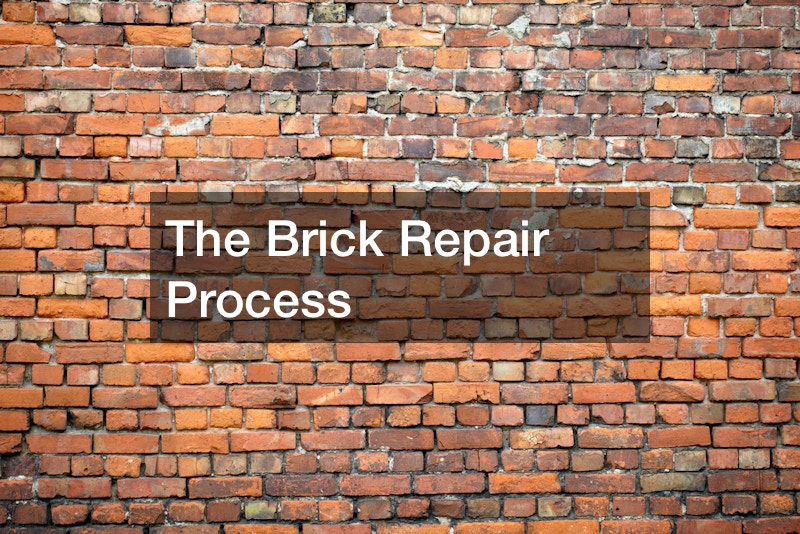When it comes to brick repair, address any issues promptly to maintain the structural integrity and aesthetics of your building.
Start by thoroughly inspecting the brickwork to identify areas that require repair. Look for cracks, spalling (crumbling), loose bricks, or mortar deterioration.
This assessment will help you understand the extent of the damage and determine the appropriate repair techniques.
Before making any repairs, clean the affected area to remove dirt, debris, and loose mortar. Use a stiff brush, water, or mild detergent to scrub the surface gently. Ensure that the area is dry before proceeding with the repairs.
Cracked or deteriorated mortar joints are common in brickwork. To repair them, carefully remove the damaged mortar using a chisel or mortar saw. Once the old mortar is removed, apply new mortar using proper techniques, such as tuck-pointing or repointing, to ensure a secure and durable joint.
In cases where bricks are damaged, cracked, or beyond repair, they may need to be replaced. Carefully remove the damaged brick using a chisel and hammer, ensuring not to disturb the surrounding bricks. Install a new brick in its place, ensuring proper alignment and mortar application.
Once the repairs are complete, take the time to finish the repaired area to match the surrounding brickwork. Use a brick jointer or pointing trowel to create a consistent finish on the mortar joints.
Remember, brick repair can be a complex task, and having the necessary knowledge and skills to ensure proper repairs is important.
.




